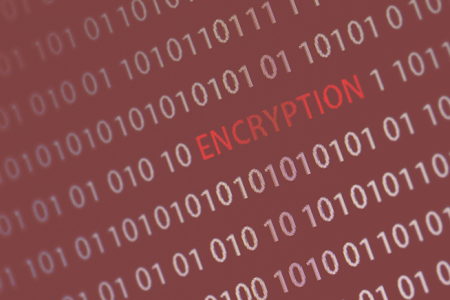Encryption: a potted history of secret codes, cryptography and encrypting
SecurityNewsDesk’s Philip Ingram takes a look at encryption and the many ways in which it has been used to hide secrets throughout history.
“Encryption is the only moral thing to do.” – Jimmy Wales founder of Wikipedia.
In April 2015, Sandvine, the internet analysis company stated that 29.1 percent of Internet traffic was encrypted at the time, but by the end of 2016 they expect 64.7 percent of traffic to be encrypted – and this trend only continues to grow. The largest provider of blogging software, WordPress, has just announced that they are rolling out SSL encryption and standard for all WordPress sites.
But not everyone is a fan of universal encryption. David Cameron, the Prime Minister said, “In our country, do we want to allow a means of communication between people which we cannot read?” The recent court battle in the USA between the FBI and Apple over unlocking the iPhone belonging to San Bernardino terrorist, Syed Farook, has recently kept the encryption debate at the forefront of the news.
The reason for this is that terrorists, as well as organised criminals, are well versed in keeping their activities secret using advanced encrypted communications or encryption processes.
Hiding secrets using a code is nothing new. The first known evidence of the use of a form of cryptography was found in an inscription carved around 1900 BC in Egypt, within the main chamber of the tomb of the nobleman Khnumhotep II, where some unusual hieroglyphic symbols had replaced normal ones.
Most major early civilisations have used forms of secret codes. “Arthshashtra”, a classic work on statecraft written by Kautalya, describes the espionage service in India and mentions giving assignments to spies in “secret writing”.
Around 100 BC, Julius Caesar used encryption to convey secret messages to his army generals at the war front. He used a substitution cipher, which became known as Caesar cipher.
During the 16th century, Vigenere designed a cipher that was supposedly the first cipher that used an encryption key.
Edward Hugh Hebern, with the advent of electricity in the early 19th Century, designed an electro-mechanical device called the Hebern rotor machine. It used a single rotor in which the secret key was embedded in a rotating disc, enabling as each key on the keyboard was pressed – the output was a cipher text.
A development of this was the infamous Engima machine, invented by German engineer Arthur Scherbius at the end of World War I, and heavily used by the German forces during the Second World War. The Enigma machine used three or four, or even more, rotors. The rotors rotate at different rates as you type on the keyboard and output appropriate letters of cipher text. In this case, the key was the initial setting of the rotors.
Up to the Second World War, most of the work on cryptography was for military purposes. However, cryptography attracted commercial attention post-war, with businesses trying to secure their data from competitors.
In the early 1970’s, IBM realised that their customers were demanding some form of encryption, so they formed a “crypto group” headed by Horst-Feistel. They designed a cipher called Lucifer. In 1973, the Nation Bureau of Standards (now called NIST) in the United States accepted and renamed Lucifer ‘DES’ or the ‘Data Encryption Standard’.
In 1997, improvements in computing power enabled greater success from brute force attacks on the DES’ relatively small encryption key, which led to a plea for a new standard from NIST. In 2000 they accepted Rijndael, and christened it as ‘AES’ or the ‘Advanced Encryption Standard’, the term that is still in use today.
[su_button url=”https://www.securitynewsdesk.com/newspaper/” target=”blank” style=”flat” background=”#df2027″ color=”#ffffff” size=”10″ radius=”0″ icon=”icon: arrow-circle-right”]For more stories like this read the SecurityNewsDesk Newspaper[/su_button]













